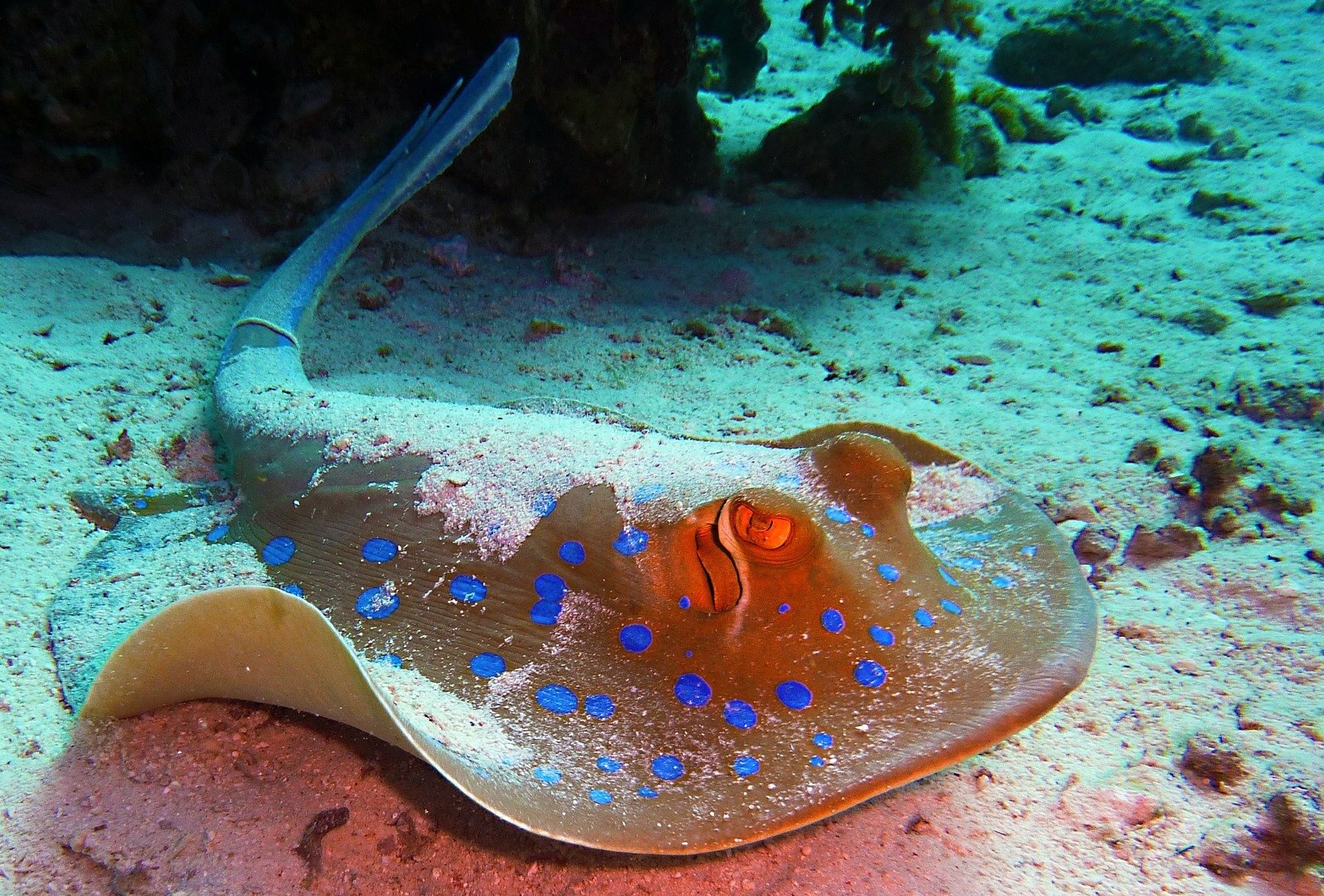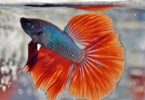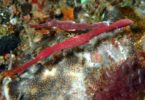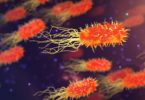Last Updated on February 10, 2023 by Matt
Stingrays are cartilaginous fish which are closely related to sharks. They are noted for their rounded appearance and long tail with defensive spine. They are also famous for their undulating way of movement, using their paired pectoral fins in quite a mesmerizing way to propel themselves forward in the water column. Most other fish, including the closely related sharks, use their caudal fins (tails) to generate forward motion.
In this quick information article we will give some general information about stingrays, and then explain the life cycle of a stingray.
Stingray General Information
The vast majority of stingrays are marine fish, and are classified in the suborder Myliobatoidei of the order Myliobatiformes.
There are eight families of stingrays in the Myliobatoidei suborder; Hexatrygonidae (sixgill stingrays), Plesiobatidae (deepwater stingrays), Urolophidae (stingarees or round stingrays), Urotrygonidae (round rays or American round stingrays), Dasyatidae (whiptail stingrays), Potamotrygonidae (river stingrays), Gymnuridae (butterfly rays), and Myliobatidae (eagle rays).
There are around 220 species of stingrays, although there may be more as some cryptic species have been discovered. The majority of stingrays are marine and are pelagic or bottom-dwelling species. However the Potamotrygonidae are known as the river stingrays and are found in river ecosystems, though there is a single marine genus. A number of the Dasyatidae, the whiptail stingrays, have penetrated freshwater ecosystems. Some stingrays are brackish, and live in river estuaries.
The majority of stingray species possess a spine located above the tail. This spine contains venom and is used exclusively in self-defense. It isn’t used to attack prey. The immediate reaction of a stingray when threatened is to swim away; the use of the venomous barb is normally a last resort.
Life Cycle of a Stingray
The life cycle of a stingray is very interesting. They are ovoviparous, which can also be called aplacental viviparity. This mode of reproduction is similar to viviparity, in that there is internal fertilization followed by a gestation period and live young are born. Stingrays carry a litter of between five and thirteen young in general.
However the major difference is that in ovoviparous animals there is no placenta. Instead the young get the nutrition they need from egg yolk provided by a yolk sac. The yolk sac often only serves the unborn stingray up to the first term, after which it then relies on maternally produced histotroph, or uterine milk.
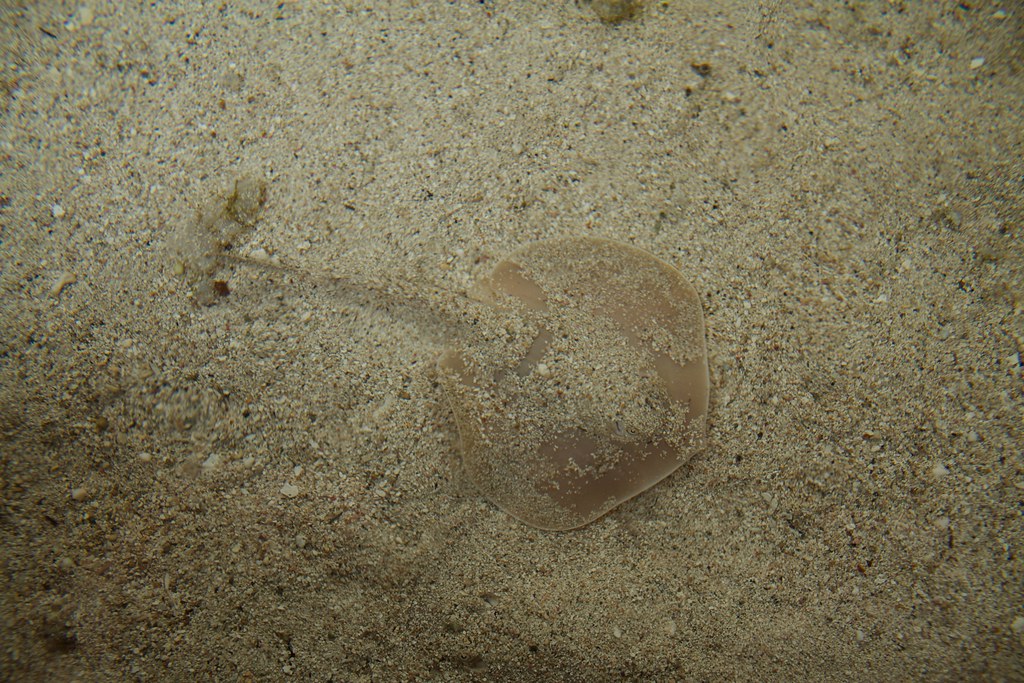
Baby Stingray in the Punta Culebra Nature Center in Panama City. Photo Credit: Brian Gratwicke (Flickr)
When live young stingrays are born they still have a yolk sac scar, which soon heals over. In deep sea stingray species, such as those in the Plesiobatidae family, the size of the young is estimated as small juveniles have been caught still with signs of a yolk sac scar, indicating they are newly born.
In the vast majority of stingrays, the young are born ready to fend for themselves, and swim away directly after birth. They are ready to feed immediately and have the instincts and abilities to survive the moment they are born. However in a small number of species, such as the freshwater whipray, Himantura chaophray, the mother will actually care for her young by having them swim beside her, protecting them until they are approximately one third of her size.
Stingrays have a mating season, during which females choose a mate. Usually a courtship display is shown, before fertilization. Behavior during the mating season is deeply associated with their behavioral endocrinology. Behavioral endocrinology is the level of hormones and chemicals and their effect on behavior. As you can imagine, during the mating season both male and female stingrays show different behaviors, driven by hormone levels in their bodies.
Male stingrays may use or rely on sensory organs called ampullae of Lorenzini to sense changes in the females in order to time copulation and fertilization. Ampullae of Lorenzini are used in the normal daily life of stingrays to sense the muscle movements of hidden prey.
What is very cool is that in some species of stingray the females have the ability to store sperm and delay fertilization until they perceive the conditions as right. This is exceptionally useful during times of sudden environmental shifts. It was shown to exceptional effect when at the Sea Life London Aquarium two stingrays in a female only tank started looking bloated, before giving birth in the tank; they hadn’t been near male stingrays for two years!

